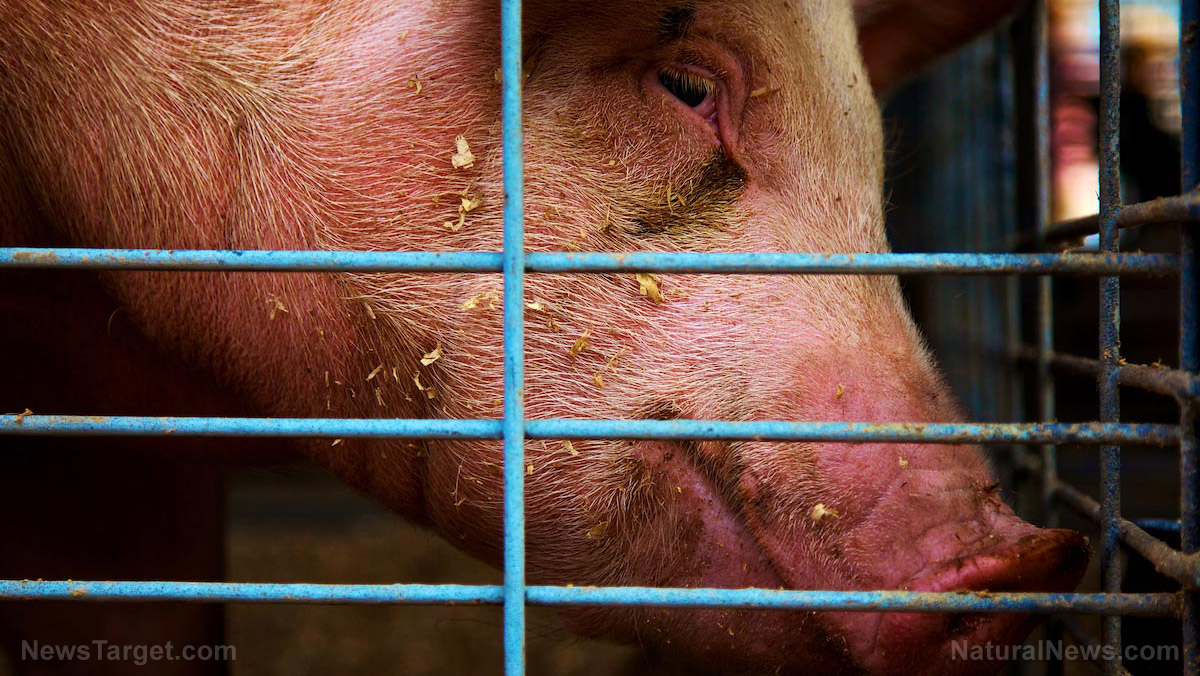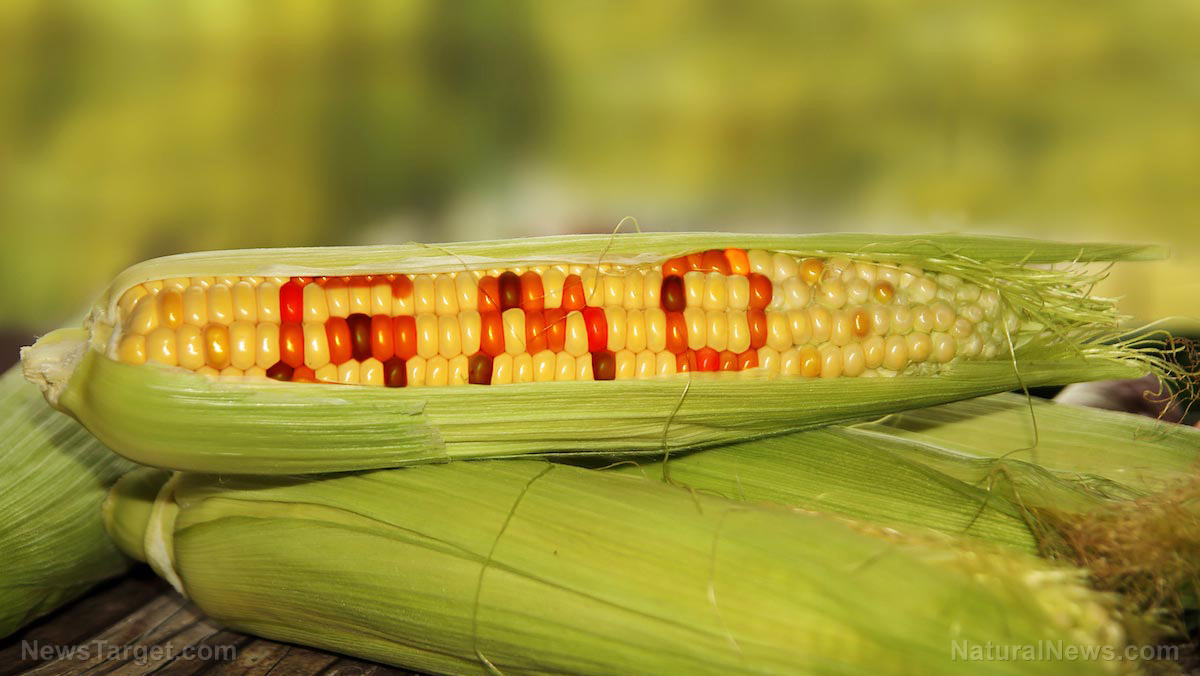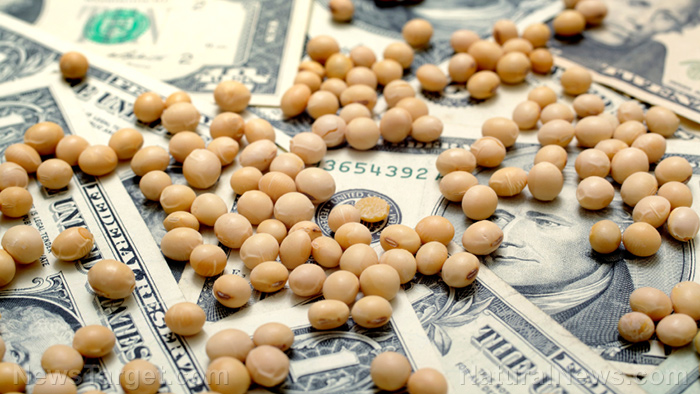Comprehensive review reveals horrifying gaps in the safety testing of pesticides
04/01/2018 / By Ethan Huff

Almost every commercial pesticide product on the market today contains additives beyond just the primary active ingredients that are designed to “enhance” its potency. But these chemical adjuvants, or “inactive” ingredients, are almost never properly evaluated for safety, which new research published in the journal Frontiers in Public Health suggests is a serious public health threat.
These risk assessment “gaps” are a major problem, the paper explains, because they fail to take into account the potential dangers of these other ingredients. Not only are the ingredients themselves potentially problematic, but they also stand to make the primary active ingredient more dangerous, or even alter the way it functions.
The first of its kind to evaluate the risk assessment gaps concerning pesticide adjuvants, this comprehensive review calls on regulators to develop new standards that better protect the public against potential harm due to pesticide exposure. It also seeks to set the record straight on what people think they know about pesticide safety, which is likely skewed based on how it’s presented in the scientific literature.
“Exposure to environmental levels of some of these adjuvant mixtures can affect non-target organisms – and even can cause chronic human disease,” says Dr. Robin Mesnage from King’s College London, one of the paper’s co-authors. “Despite this, adjuvants are not currently subject to an acceptable daily intake and are not included in the health risk assessment of dietary exposures to pesticide residues.”
Mother Nature's micronutrient secret: Organic Broccoli Sprout Capsules now available, delivering 280mg of high-density nutrition, including the extraordinary "sulforaphane" and "glucosinolate" nutrients found only in cruciferous healing foods. Every lot laboratory tested. See availability here.
To learn more about the dangers of pesticides, visit Pesticides.news.
Vaccine adjuvants do the same thing, greatly increasing the toxicity of childhood jabs
Chemical adjuvants in pesticide formulas include everything from dyes, anti-foaming agents, and surfactants to potency boosters and even other pesticides. And as it currently stands from a legal perspective, pesticide manufacturers don’t even have to label what they all are, as regulatory guidelines allow for a blanket designator of “inactive ingredients.”
In many cases, these “inactive ingredients” comprise most of the formula, and yet aren’t subject to any regulatory scrutiny whatsoever – even when they’re 95 percent of what’s inside the bottle. This means that the full toxicity of a given pesticide formula is completely unknown, and could be far more toxic than the manufacturer is legally forced to admit.
“Currently, the health risk assessment of pesticides in the European Union and in the United States focuses almost exclusively on the active ingredient,” adds Dr. Mesnage. “Despite the known toxicity of adjuvants, they are regulated differently from active principles, with their toxic effects being generally ignored.”
It’s a similar situation with vaccines, which contain all sorts of chemicals adjuvants that have never been safety tested in conjunction with the primary active ingredient. One study that looked at aluminum hydroxide, a common vaccine adjuvant, found that it can cause neurological diseases like so-called “Gulf War Syndrome,” or GWS – and this is just in isolation.
Pesticides are no different, as their adjuvants can have a profound effect on the active ingredients. As part of the review, Dr. Mesnage and her colleagues looked at glyphosate, the primary active ingredient in Monsanto’s Roundup herbicide. What they discovered is that glyphosate becomes orders of magnitude more toxic as a result of all of the adjuvants added to the Roundup formula.
“Studies comparing the toxicity of commercial weed-killer formulations to that of glyphosate alone have shown that several formulations are up to 1,000 times more toxic than glyphosate on human cells,” says Dr. Mesnage. “We believe that the adjuvants are responsible for this additional toxic effect.”
Neonicotinoid insecticides are similarly suspect, as their adjuvants have been shown to result in mass bee deaths – not to mention the high levels of adjuvant residue that are being found in honey, pollen, and beeswax extracted from contaminated bees.
“Testing of whole pesticide formulations instead of just active ingredients alone would create a precautionary approach, ensuring that the guidance value for the pesticide is valid for the worst-case exposure scenario,” Dr. Mesnage concludes.
Sources for this article include:
Tagged Under: Adjuvants, agriculture, glyphosate, government regulatorions, herbicides, inactive ingredients, Monsanto, neonicotinoids, regulatory gaps, review, Roundup, Study, toxic chemicals, USDA, vaccines


















